
Background
Dumont d'Urville | |
http://www.institut-polaire.fr/ipev-en/support-for-science/antarctica/dumont-durville/ | |
Antarctic | |
Open | |
Station | |
France | |
None | |
1956 | |
Year-Round |
Introduction
Dumont d’Urville Station is part of the the Terres Australes et Antarctiques Françaises (TAAF) and is managed by the French Polar Institute Paul-Emile Victor (IPEV) | |
Dumont d’Urville station is located on the coastal area of Terre Adélie, in the Pointe Géologie Archipelago, on Petrel Island, a short distance from the Antarctic continent. The Glacier of l’Astrolabe, close to the station, produces large icebergs which have a strong impact on the bottom of the sea floor and its biodiversity. All the islands of the archipelago except for Ile des Pétrels constitutes the Antarctic Specially Protected Area 120 which includes also the Emperor penguin breeding colony on sea ice in winter. | |
Located on a small island at 5 km from the continent, the Dumont d’Urville station is entirely surrounded by sea ice in winter whereas the sea is usually open from December to March. A huge colony of breeding Emperor penguins is present close to the station in winter, and several sea bird species, including numerous Adélie penguins and seals breed in the area. Local conditions are characterized by temperatures varying from 0°C to -35°C, blizzard, long polar nights and winds sometimes exceeding 300 km/h. | |
After the fire which destroyed the first French Antarctic Station (Port-Martin) in Terre Adélie in January 1952, a team of six expeditioners decided to stay during winter on Ile des Pétrels, in a small hut called “Base Marret” (HSM 47). In 1956, Dumont d’Urville station was built on this island, as a temporary station for the International Geophysical Year (1957-58). The station has been continually occupied since that time. The facility includes living quarters: sleeping accommodation, refectory, kitchen, library and hospital; laboratories – biology, geophysics, meteorology; technical areas: power generating plant, workshops, and garages. | |
The research projects implemented at Dumont d’Urville station cover a large range of scientific domains: bird and mammal ecology and physiology, marine biology, glaciology, atmosphere chemistry, stratospheric ozone, meteorology as well as long term Earth science observatories in seismology and magnetism. | |
There is no permanent population in Terre Adélie and the number of staff and scientists vary from about 24 in winter up to 90 in summer. The nearest station is Concordia (1100 km inland the continent) and, on the coast, the Australian Station Casey (1250 km). | |
The research station is mainly accessible by ship. TAAF and IPEV chartered L’Astrolabe, an ice class vessel owned by P&O Maritime Services, for the resupply of the station and transport of staff. Access by air is occasional, using intracontinental aircrafts chartered by Italian Partner PNRA for the logistics of Concordia station. |
Operator
Institut Polaire Francais Paul Emile Victor | |
Government | |
Institut Polaire Francais (IPEV) | |
Data Source
Partner Institution
Yes | |
Terres Australes et Antarctiques Françaises (TAAF) | |
France |
Location
CO1103 | |
66° 39.77' 0'' S | |
140° 0.08' 0'' E | |
Continental Antarctica | |
L - Continental coastal-zone ice sheet | |
13 Adelie Land | |
42 | |
0 | |
2700 | |
2700 | |
0 | |
1100 | |
Ice-free ground |
Climate
None | |
Coastal Antarctica | |
Snow | |
33.2 | |
324 | |
SE | |
01/01/1956 to 31/12/2015 | |
-10.7 | |
-0.9 | |
-4 | |
-9.1 | |
-13.4 | |
-15.8 | |
-15.8 | |
-16.7 | |
-16.4 | |
-15.2 | |
-13 | |
-6.9 | |
-1.7 | |
30/12/2001 | |
9.9 | |
04/08/1990 | |
-37.5 | |
January; February; March; December | |
None |
Features
Coast; Crevasse; Ice cap or glacier; Ice tongue; Seal colonies |
Disciplines
Atmospheric sciences; Environmental sciences; Geology; Geophysics and seismology; Glaciology; Marine biology |
Human Activities
No | |
Yes | |
Yes | |
Yes | |
Yes |
Infrastructure
CO1103 | |
4815 | |
872 | |
Biology; Geophysics; Scientific diving | |
0 | |
3440 | |
90 | |
yes | |
yes | |
Fossil fuel; Renewable | |
230 | |
24 | |
no |
Staff Capacity
44 | |
46 | |
14 | |
10 | |
90 | |
0 |
Scientific Equipment
Basic equipment (precision scales, microscopes, stove, distilled water etc..), surgery room, diving facilities. | |
Earth magnetism (INTERMAGNET Network), Seismology (GEOSCOPE Network), Sea level (GLOSS Network), Stratospheric ozone, Glacier mass balance, Atmospheric sulfur cycle, Nucleon component of the cosmic radiation, Birds and mammal population dynamics. |
Medical Facilities
Yes | |
110 | |
Medical doctor | |
2 | |
Basic; Dental; Surgery | |
Anaesthesia; Biochemistry; Blood Transfusion Medicine; Diagnostic ultrasound; Diagnostic x-ray; Haematology; Telemedicine | |
Echography | |
2700 | |
1 | |
1 | |
1500 | |
2700 | |
No | |
Yes |
Vehicles
1 barge 13 m x 280 HP, 1 pontoon 50 T, 2 dinghys
80 HP, 2 dinghys 10 HP.
| |
Four 4WD vehicles, one tracked tractor, two tracked carrier trucks, one tracked dumper, two bulldozers, one excavator, two wheeled loaders, one wheeled telehandler. |
Workshop facilities
Mechanical; Metal workshop; Wood workshop |
Communications
E-mail; Fax; Internet; Satellite phone; Telephone; VHF |
Access
Air; Sea |
Aircraft landing facilities
1 | |
1300 | |
50 | |
NW - SE, Landing with skis Airstrip at 15 km from the station, on the Continent, at D10 (close to Cap Prudhomme station) | |
Snow | |
Yes |
Transport and freight
Airplane; Ship | |
5 | |
January; February; November; December | |
Floating dock/Pontoon; Pier/Jetty | |
15 | |
January; February; October; November; December |
Access To The Facility
Pictures
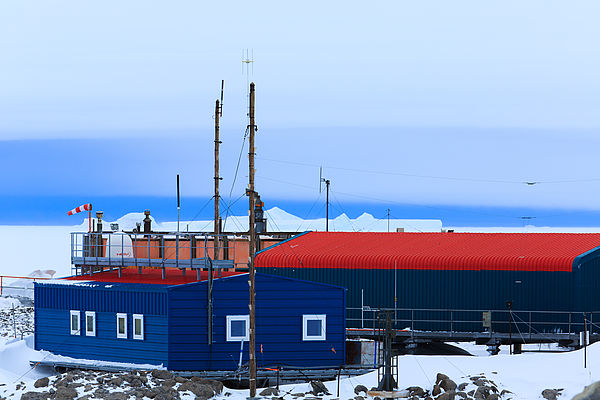 Dumont D'urville Base (Credits: Eduardo Daforno) |
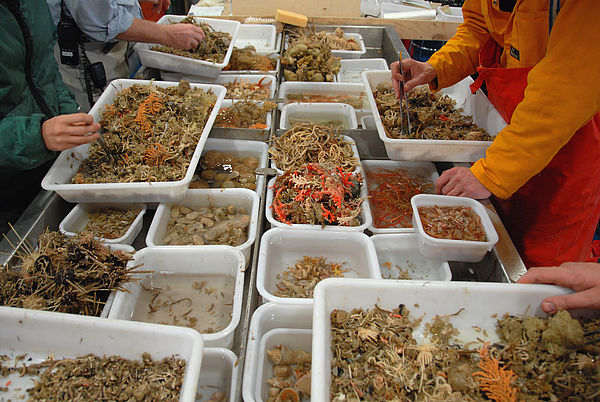 Dumont D'urville Base Science (Credits:Sophie Mouge) |
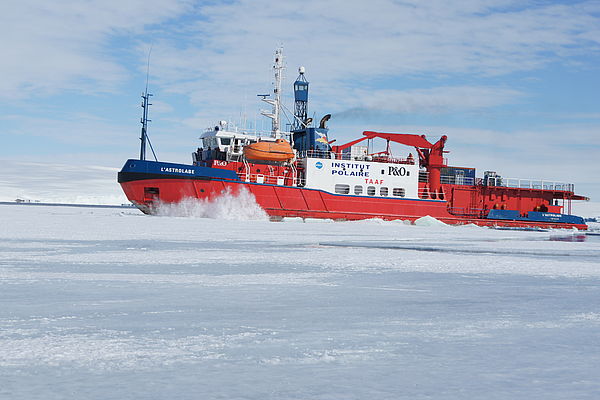 Astrolabe (Credits: Jean-Yves Vitoux) |
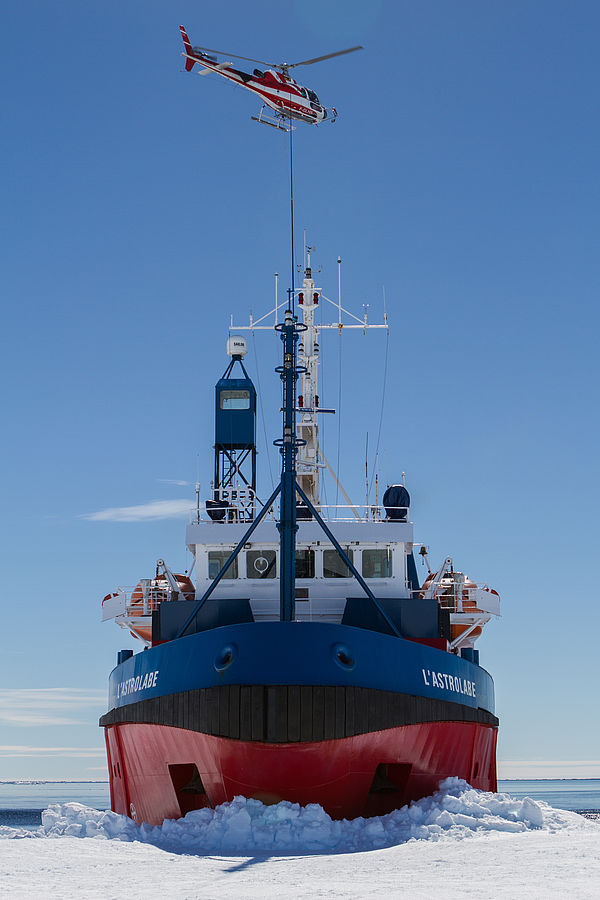 Astrolabe (Credits: Fhilippe Apelt) |
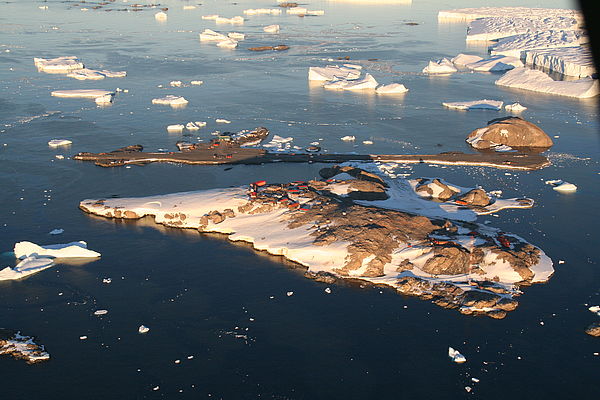 Base (Credits: Katell Pierre) |
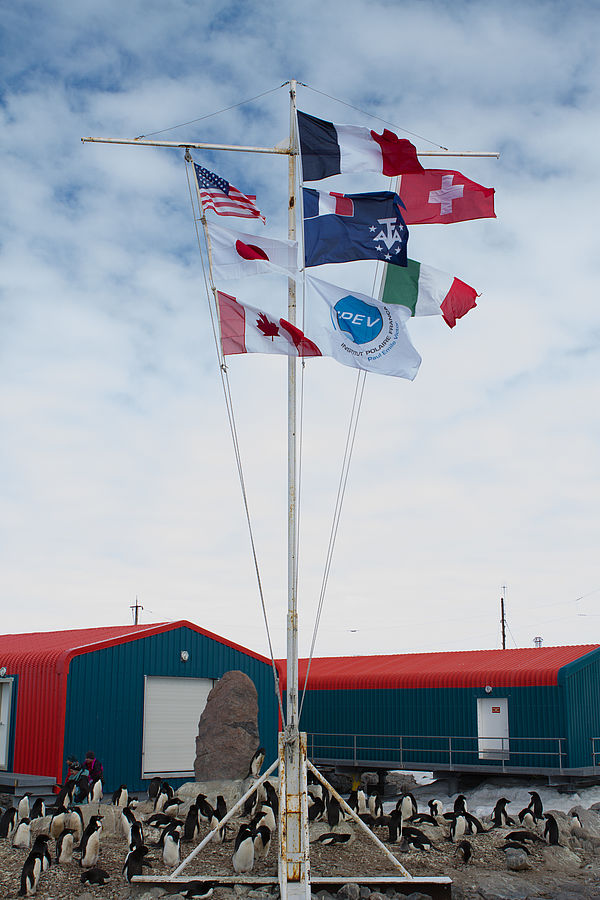 Flags (Credits: Philippe Apelt) |
 From the sea (Credits: Erwann Amice) |
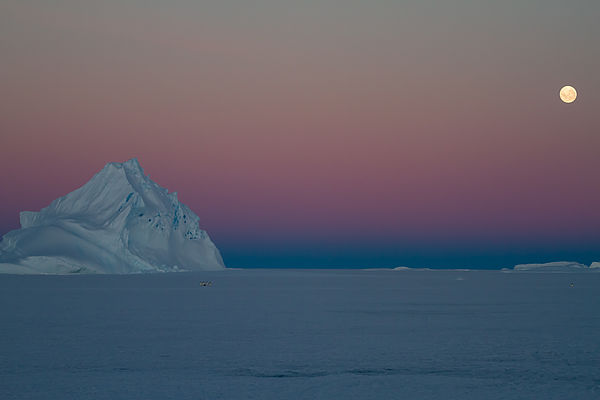 Landscape (Credits: Philippe Apelt) |
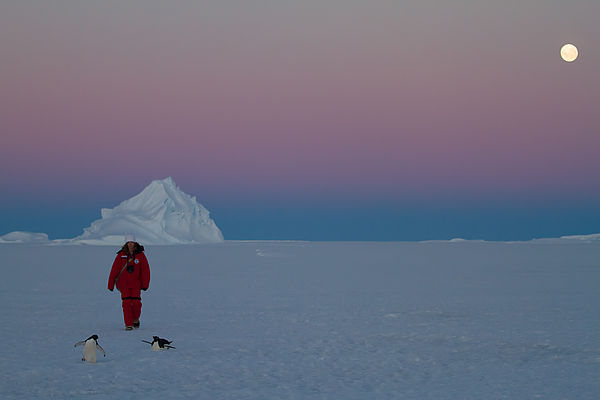 Landscape (Credits: Philippe Apelt) |
 Seal (Credits: IPEV) |
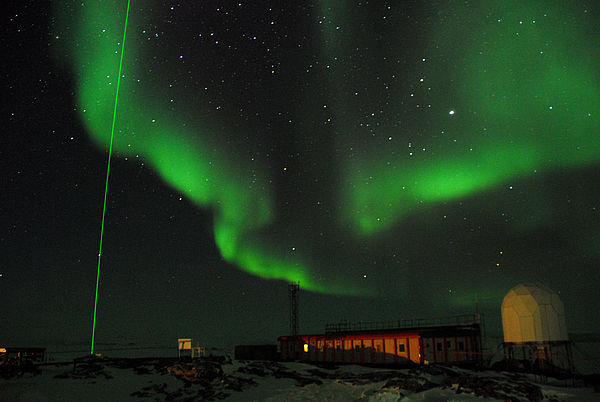 Aurora and Lidar (Credits: Camille Fresser) |
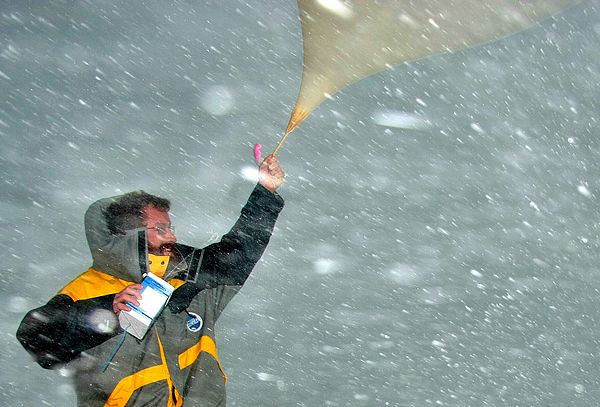 Balloon (Credits: Vincent Lecomte) |
 Base and Aurora (Credits: Matthieu Quatrevalet |
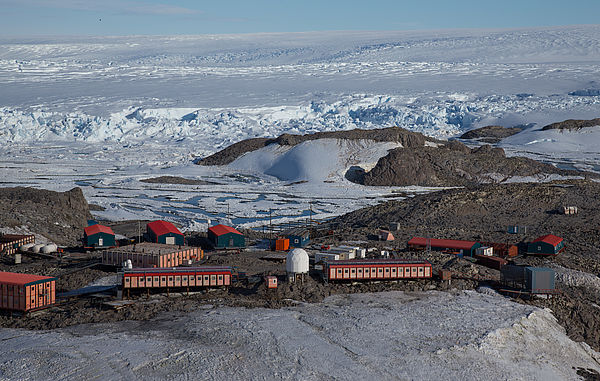 Base (Credits: Bruno et Marie Cusa) |
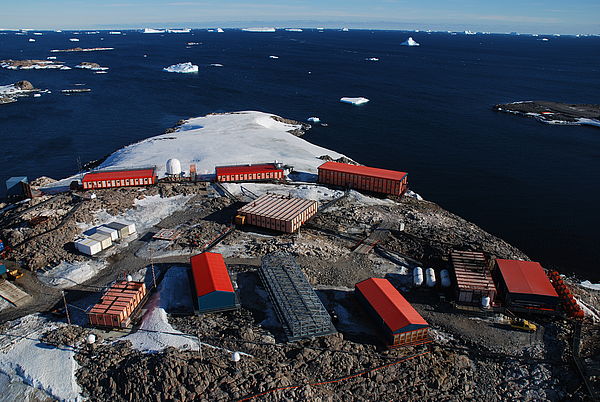 Base |
 Base (Credits: Bruno et Marie Cusa) |
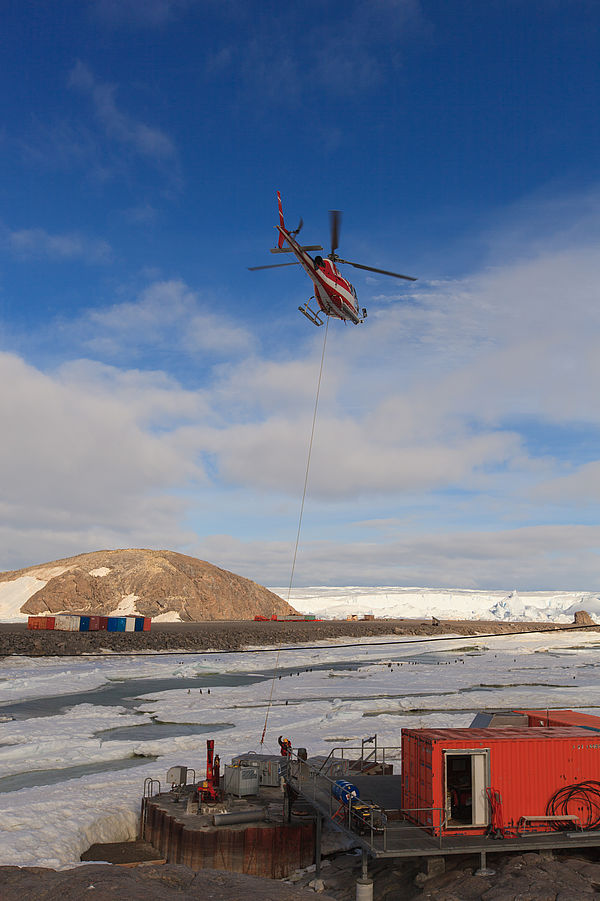 Helitreuillage (Credits: Eduardo Daforno) |
 Robot and Emperor penguins (Credits: Francoise Amelineau) |
 Base (Credits: Eduardo Daforno) |
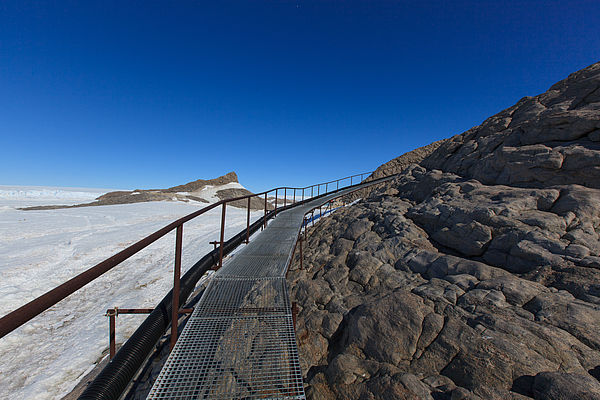 Passerelle (Credits: Eduardo Daforno) |
